EDITORIAL
Published on 29 Nov 2021
Editorial: Thrombotic Microangiopathies, Diagnostic and Therapeutic Advances
doi 10.3389/fmed.2021.778352
- 1,122 views
11k
Total downloads
53k
Total views and downloads
EDITORIAL
Published on 29 Nov 2021
CASE REPORT
Published on 02 Mar 2021
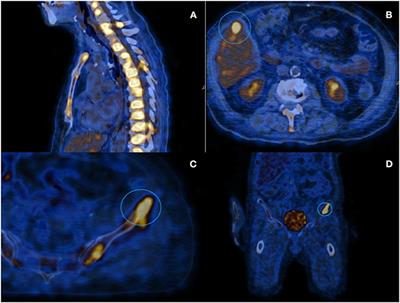
ORIGINAL RESEARCH
Published on 26 Feb 2021
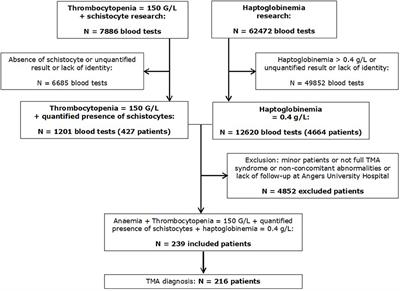
BRIEF RESEARCH REPORT
Published on 26 Feb 2021
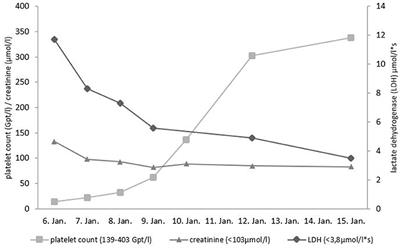
MINI REVIEW
Published on 18 Dec 2020
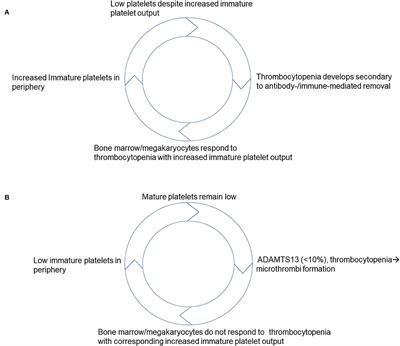
ORIGINAL RESEARCH
Published on 03 Nov 2020
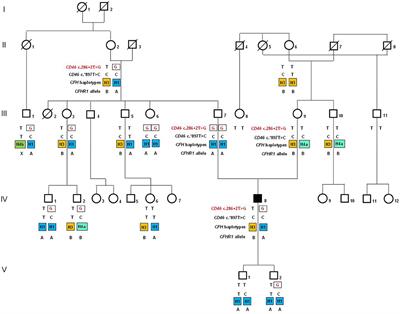
ORIGINAL RESEARCH
Published on 28 Oct 2020

CASE REPORT
Published on 22 Oct 2020

ORIGINAL RESEARCH
Published on 06 Oct 2020

CASE REPORT
Published on 30 Jun 2020

OPINION
Published on 22 May 2020
